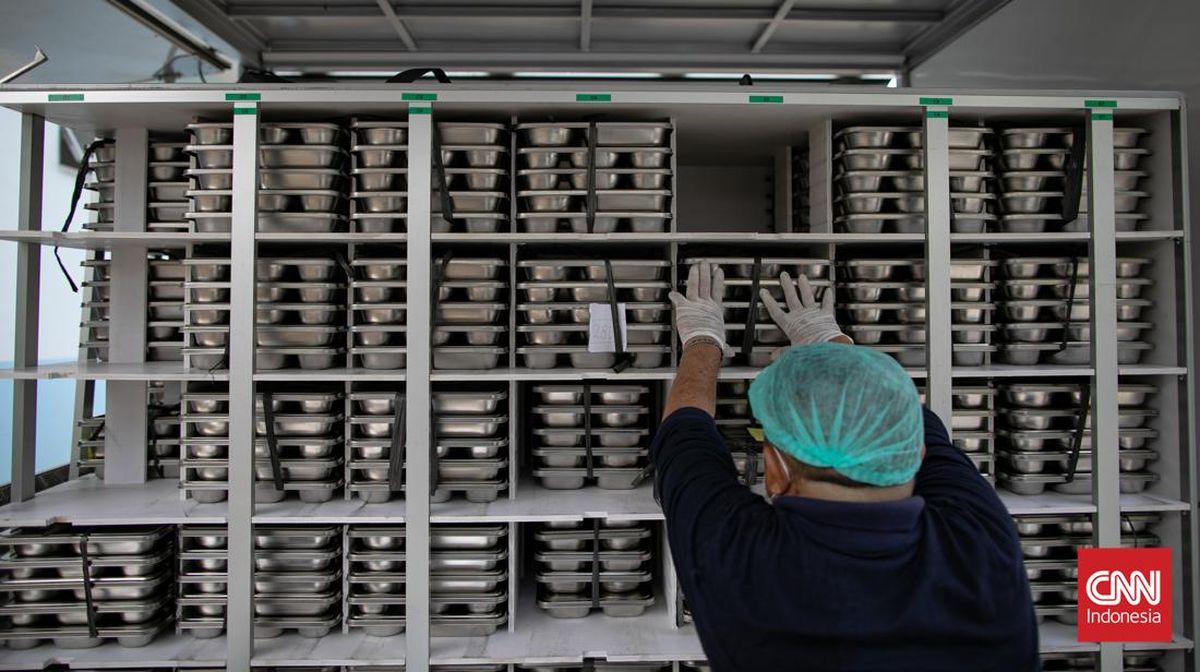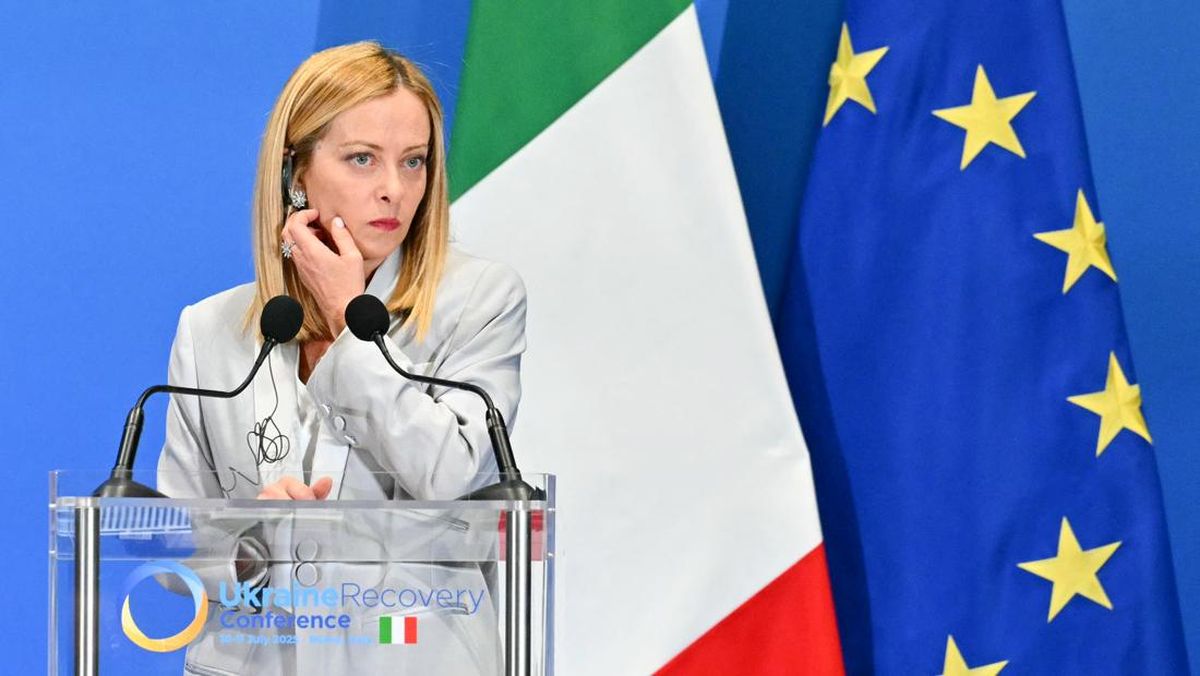 If you're planning to borrow $800,000 to buy a home, you should know what the payments on your mortgage could be at today's rates.
zenstock/Getty Images
If you're planning to borrow $800,000 to buy a home, you should know what the payments on your mortgage could be at today's rates.
zenstock/Getty Images
The housing market has seen a notable shift in recent months. Mortgage rates were sitting at nearly 7% at the start of the year, but despite some brief upticks, rates have gradually declined overall. And, now that the Federal Reserve's first rate cut of 2025 is complete, mortgage rates are sitting at just over 6.3% on average. For prospective homebuyers eyeing properties in the $800,000 range — a price point common in major metropolitan areas and coastal markets — this rate drop could translate into a significant amount of savings each month.
While the difference between January's rates and today's figures might seem modest on paper, when applied to a substantial loan amount, even a drop of less than a percentage point can add up quickly. And, whether you're a first-time buyer stretching to afford a home in a competitive market or someone looking to refinance an existing mortgage, understanding the current payment landscape can help you make an informed decision on your borrowing options.
So, what can you expect to pay each month if you take out an $800,000 mortgage loan at today's rates? And how does that compare to what you would have paid earlier this year? Below, we'll detail the answers to both of these critical questions.
Find out how affordable the right mortgage loan could be today.
What are the monthly payments on an $800,000 mortgage now that rates have dropped?
If we're calculating the costs using today's average 30-year mortgage rate of 6.34%, an $800,000 home loan will cost you approximately $4,972.66 per month. Note, though, that this monthly payment only includes the principal and interest. Your monthly mortgage payment will likely be higher after the other costs, like property taxes and insurance, are added in.
Now let's compare that to January 2025, when the average 30-year mortgage rate sat at 6.93%. At that point, the same $800,000 loan would have required payments of about $5,284.86 per month. So, the recent rate drop means you're saving roughly $312 each month, or about $3,746 annually, compared to what you would have paid earlier this year. Over the life of a 30-year loan, that adds up to about $112,392 in savings.
If you're willing to commit to a shorter mortgage loan term, the savings become even more pronounced. A 15-year fixed-rate mortgage loan at today's average rate of 5.64% would cost approximately $6,596.25 per month on an $800,000 loan. While that's considerably higher than the 30-year payment, you'll own your home outright in half the time and pay substantially less in total interest.
In January, that same 15-year mortgage loan, which had an average rate of 6.14%, would have come with mortgage payments of about $6,811.51 monthly. That means today's rates save you about $215.26 per month compared to just a few months ago. Over the course of a year, those savings equate to $2583.12 in total, and over the life of the 30-year loan, the savings would be $77,493.60.
The 15-year mortgage loan option isn't for everyone, mind you, as the higher monthly payments require you to have more robust cash flow. But for buyers with stable, higher incomes who want to build equity quickly and minimize interest costs, the current 15-year rates present a compelling opportunity.
Compare your top mortgage loan options to find the right fit now.
How much would it cost to refinance an $800,000 mortgage at today's lower rates?
If you secured your mortgage when rates were higher, refinancing your loan to one with a lower rate could make financial sense. Current 30-year refinance rates average 6.64%, while 15-year refinance rates sit at 6.01%.
For someone with an existing 30-year mortgage at January's 6.93% rate, refinancing to today's 6.64% rate would reduce your monthly payment from $5,284.86 to around $5,130.42. That's a savings of $154.44 per month, or $1,853.28 annually. Whether this makes sense depends on your closing costs, which are typically between 2% to 5% of the loan amount.
The math gets more interesting if you refinance into a 15-year mortgage at 6.01%. Your monthly payment would jump to approximately $6,755.18, but you'd dramatically reduce your total interest paid over the loan's lifetime. This strategy works best for borrowers whose financial situation allows them to handle the higher payment.
Before refinancing, be sure to calculate your break-even point carefully. If you plan to sell or move within a few years, the upfront costs might outweigh the monthly savings. But if you're staying put for the long haul, locking in a lower rate now could save tens of thousands of dollars over time.
The bottom line
Mortgage rates have improved meaningfully since their January peak, creating opportunities for both new buyers and existing homeowners with $800,000 mortgages. Today's 30-year rate of 6.34% delivers monthly payments of approximately $4,973 — around $312 less than what the same loan would have cost just months ago. For buyers with sufficient income, 15-year loans at 5.64% offer even better long-term value, though at a higher monthly cost of about $6,596.
Homeowners who locked in rates above 6.64% should run the numbers on refinancing. While closing costs require careful consideration, the monthly savings could justify the upfront expense, particularly if you plan to stay in your home for several years. The current rate environment won't last forever, though, so make sure you run the numbers to accurately determine whether this is the time to act.
Angelica Leicht is the senior editor for the Managing Your Money section for CBSNews.com, where she writes and edits articles on a range of personal finance topics. Angelica previously held editing roles at The Simple Dollar, Interest, HousingWire and other financial publications.


















































